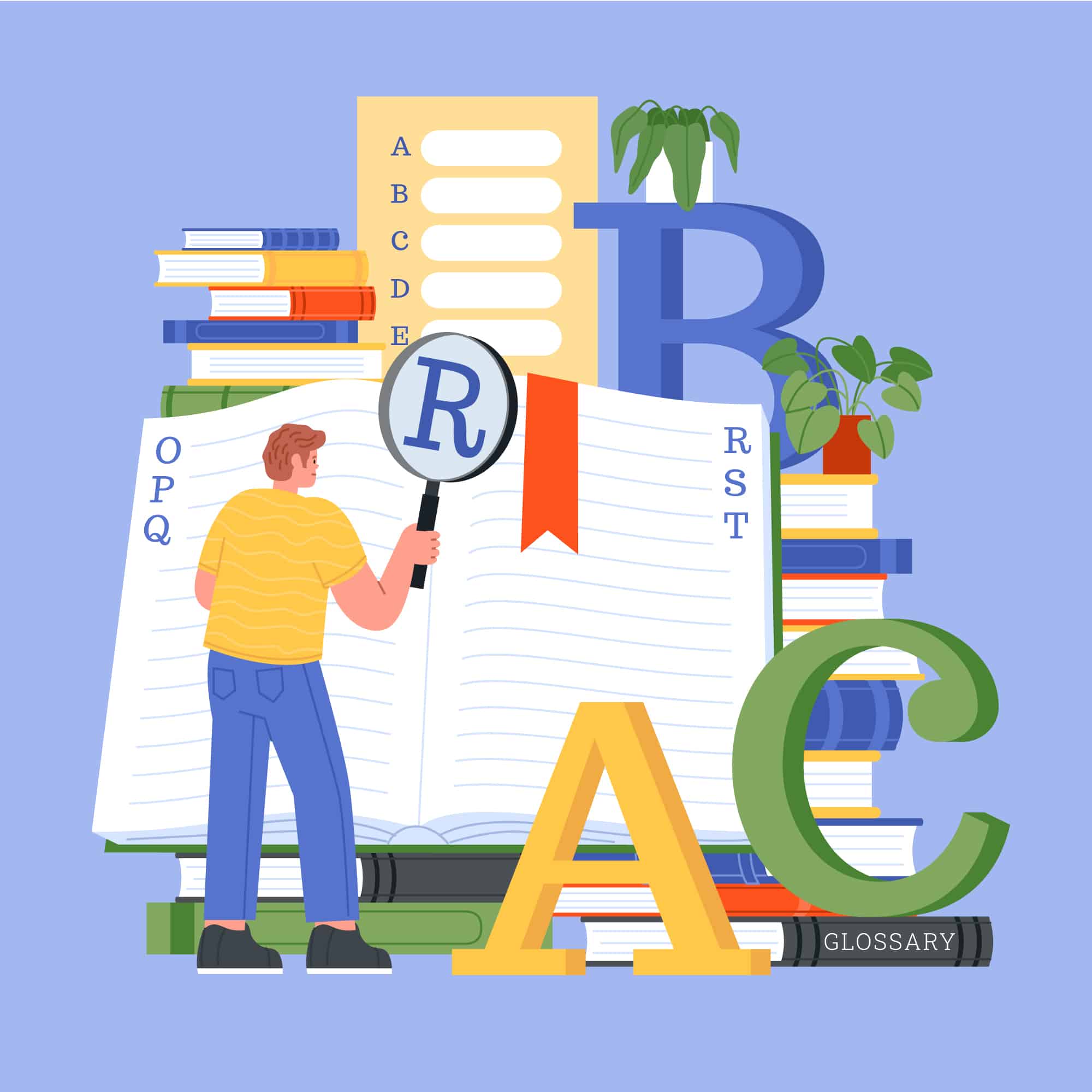Table of Contents [hide]
- 1 Assessment criteria for IB MYP Language Acquisition as stated in MYP subject brief:
- 2 Criterion A: Listening
- 3 Criterion B: Reading
- 4 Criterion C: Speaking
- 5 Criterion D: Writing
- 6 Conceptual Understanding
- 7 Related concepts
- 8 Approaches to learning (ATL skills)
- 9 MYP eAssessment
- 10 MYP Language Acquisition Topics list
Assessment criteria for IB MYP Language Acquisition as stated in MYP subject brief:
Each language acquisition objective corresponds to one of four equally weighted assessment criteria. Each criterion has eight possible achievement levels (1–8), divided into four bands with unique descriptors that teachers use to make judgments about students’ work. The language acquisition subject-group objectives encompass necessary language processes and are categorized into four processes. They are outlined as follows:
Criterion A: Listening
Students interpret and construct meaning from spoken multimodal text to understand how images and other spatial aspects presented with oral text interplay to convey ideas, values and attitudes.
Students should be able to:
- Show comprehension of both explicit and implied spoken information in multimodal texts
- Display comprehension of norms or conventions related to language and behaviour.
- Exhibit comprehension of the connections among the different elements of multimodal texts.
Learning Progression
| Emergent
Phase 1-2 |
Capable
Phase 3-4 |
Proficient
Phase 5-6 |
| Criterion A: Analysing | ||
|
|
|
Criterion B: Reading
Students construct meaning and interpret written, spatial and visual aspects of texts to understand how these aspects presented with written text interplay to convey ideas, values and attitudes.
Students should be able to:
- Display comprehension of both explicit and implied written information in multimodal texts.
- Understand the text type and its communicative purpose.
- Recognize language conventions employed in the multimodal text, such as formal and informal language, punctuation, and word choice.
- Identify the intended audience of the text.
- Analyze how different components of the multimodal texts relate to each other, considering aspects like message, language conventions, and context.
Also Read: Comprehensive IB English SL & HL Syllabus
Learning Progression
| Emergent
Phase 1-2 |
Capable
Phase 3-4 |
Proficient
Phase 5-6 |
| Criterion B: Reading | ||
|
|
|
Criterion C: Speaking
Students develop their communication skills by interacting on a range of topics of personal, local and global interest and significance, with the support of spoken, written and visual texts in the target language. Students apply their understanding of linguistic and literary concepts to develop a variety of structures, strategies and techniques with increasing skill and effectiveness.
Students should be able to:
- Utilize oral communication to engage and interact with others.
- Understand the student/speaker’s role, the context, audience, purpose, and message of the interaction.
- Exhibit precision and fluency in speech.
- Ensure clarity and effectiveness in communication.
- Convey information accurately and fluently while ensuring comprehension and effectiveness in delivering relevant ideas and information.
Learning Progression
| Emergent
Phase 1-2 |
Capable
Phase 3-4 |
Proficient
Phase 5-6 |
| Criterion C: Speaking | ||
|
|
|
Criterion D: Writing
Students recognize and use language suitable to the audience and purpose, for example, the language used at home, the language of the classroom, formal and informal exchanges, and social and academic language. Students apply their understanding of language, form, mode, medium and literary concepts to express ideas, values and opinions in creative and meaningful way.
Students should be able to:
- Utilize written language effectively for communication.
- Understand the role, audience, purpose, and message of the text.
- Demonstrate accurate language use and comprehensibility.
- Organize information appropriately with cohesive devices.
- Communicate information clearly to the reader, considering audience and purpose.
Learning Progression
| Emergent
Phase 1-2 |
Capable
Phase 3-4 |
Proficient
Phase 5-6 |
| Criterion D: Writing | ||
|
|
|
Conceptual Understanding
In the MYP, the aim is to develop conceptual understanding so students can learn to use concepts through which they can understand and comprehend things at personal, local and global level. Conceptual understanding helps in solving problems, analysing issues and reflecting on decisions. It is developed through prescribed key and related concepts.
KEY CONCEPTS
COMMUNICATION
Communication involves sharing signals, facts, ideas, and symbols between a sender and an intended receiver. It’s about conveying information effectively through language, whether written, spoken, or non-verbal. Language learning facilitates this exchange, allowing us to express thoughts and opinions, connecting individuals and communities worldwide.
CONNECTIONS
Connections refer to the bonds and relationships among people, objects, or ideas, spanning across cultures, time, and various forms of communication. Understanding these connections is crucial in studying language, enabling exploration and interpretation of texts in different contexts.
CREATIVITY
Creativity involves generating innovative ideas and perspectives, recognizing their value in problem-solving. Learning language promotes creativity by encouraging diverse thinking, risk-taking, and self-expression, shaping our interaction with the world.
CULTURE
Culture encompasses shared beliefs, values, and behaviors within human communities, evolving dynamically over time. Language learning promotes cultural understanding, fostering empathy and global engagement, ultimately nurturing international-mindedness and sociocultural competence.
Related concepts
The following table showcases different MYP ‘Related concepts’ for language acquisition. These concepts help identify the key areas that the students are expected to learn to acquire deep learning during their MYP studies.
| Phase 1-2 | Phase 2-3 | Phase 4-5 |
|
|
|
Approaches to learning (ATL skills)
Thinking skills
-
- Analyze data
- Utilize brainstorming and visual aids to spark fresh ideas and questions
- Create novel works and ideas; repurpose existing ones innovatively
Social skills
-
- Practice empathy
- Use social media platforms responsibly to build and nurture relationships
Communication skills
-
- Use different speaking strategies to engage different audiences.
- Adopt writing styles according to varying purposes and readerships.
- Consume a range of sources for both informational and recreational purposes.
Self-management skills
-
- Use effective methods for structuring complex information.
- Understand and apply sensory learning preferences/style.
Research skills
-
- Use memory strategies to enhance long-term retention.
- Gather diverse viewpoints from various sources.
- Effectively convey information and ideas to different audiences through a mix of media and formats.
MYP eAssessment
TASK FOR CRITERION A (24 marks)
The listening task materials should consist of spoken multimodal texts, incorporating spoken language along with visual elements like static images or dynamic visuals.
| Emergent
Phase 1-2 |
Capable
Phase 3-4 |
Proficient
Phase 5-6 |
| In eAssessment, questions and answers should be in the target language exclusively. However, for school-based summative assessment, questions and answers can be in the mother tongue, language of instruction, or the target language. During the emergent phase, students should be encouraged to increasingly use the target language. Listening texts should have a duration of 5 minutes. | In eAssessment, questions and answers should be in the target language exclusively.
Listening texts should have a duration of 7 minutes. |
In eAssessment, questions and answers should be in the target language exclusively.
Listening texts should have a duration of 10 minutes. |
TASK FOR CRITERION B (24 marks)
The reading task materials should consist of written multimodal texts, incorporating written language along with visual and spatial elements. Examples include written texts accompanied by images or web pages featuring written text alongside images.
| Emergent
Phase 1-2 |
Capable
Phase 3-4 |
Proficient
Phase 5-6 |
| In eAssessment, questions and answers should be in the target language exclusively. However, for school-based summative assessment, questions and answers can be in the mother tongue, language of instruction, or the target language. During the emergent phase, students should be encouraged to increasingly use the target language.
Comprehension task length is 200-500 words for Roman alphabetical languages and Arabic. |
In eAssessment, questions and answers should be in the target language exclusively.
Comprehension task length is 600-900 words for Roman alphabetical languages and Arabic. |
In eAssessment, questions and answers should be in the target language exclusively.
Comprehension task length is 900-1500 words for Roman alphabetical languages and Arabic. |
TASK FOR CRITERION C (24 marks)
Texts used for the interactive speaking task should encompass various modes like visual and spatial elements. For instance, they may feature a brief written text (caption) coupled with image(s) or visual(s)/picture(s).
| Emergent
Phase 1-2 |
Capable
Phase 3-4 |
Proficient
Phase 5-6 |
| Speaking time: 2-3 minutes | Speaking time: 3-4 minutes | Speaking time: 4-5 minutes |
TASK FOR CRITERION D (24 marks)
In the writing task, texts should include modes beyond just written language, such as visual and spatial elements. For instance, examples could include written text accompanied by images or written text with a spatial layout.
| Emergent
Phase 1-2 |
Capable
Phase 3-4 |
Proficient
Phase 5-6 |
| Writing length: 100-150 words for Roman alphabetical languages and Arabic. | Writing length: 200-250 for Roman alphabetical languages and Arabic. | Writing length: 300-400 for Roman alphabetical languages and Arabic. |
Also Read: AP Computer Science A Comprehensive Syllabus
MYP Language Acquisition Topics list
This list gives an idea about the potential topics that can be used for MYP eAssessments.
Technology and the media
-
- Mobile technology
- Social media
Identity and culture
-
- Self, family, friends
- Free time and leisure
- Food and drink and health
- Festivals and celebrations
Local area, travel, and tourism
-
- House and home
- Local area
- Holidays
- Culture and Communities
Education and the world of work
-
- School life
- Future plans
- Jobs
The world we live in
-
- The weather
- The environment
- Global issues







